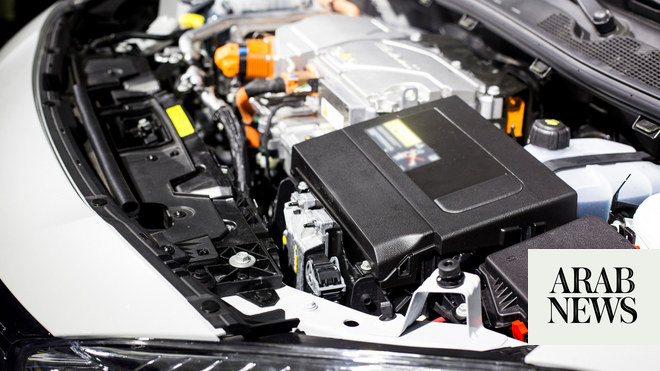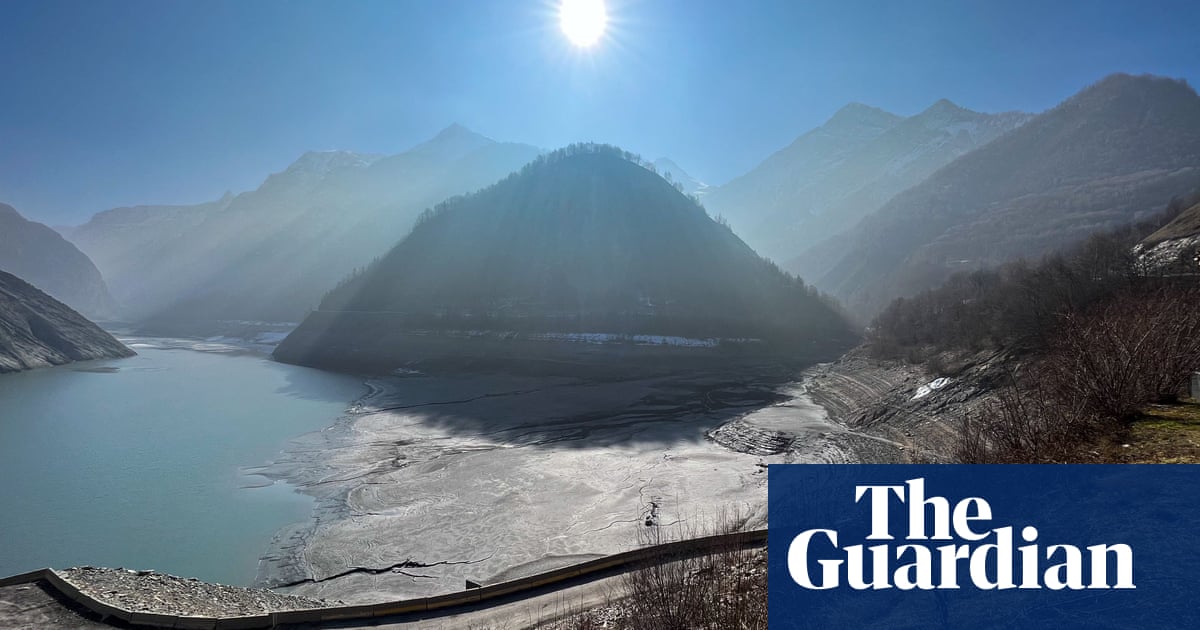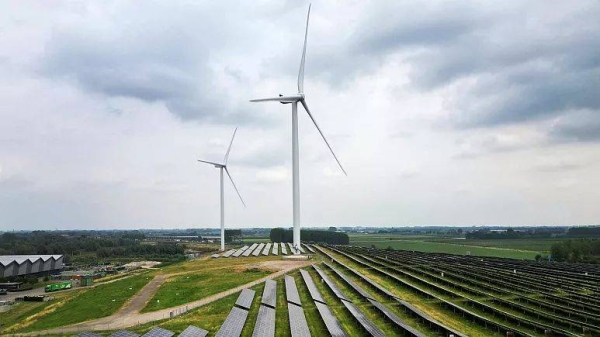
RIYADH: The critical minerals market is experiencing unprecedented growth as clean energy demand fuels a substantial increase in investment, according to the latest report by the International Energy Agency.
According to the report, the adoption of sustainable energy technology drives the need for minerals such as lithium, cobalt, nickel, and copper.
Considering the latest advancements in technology and policy, the IEA has been revising its forecasts for future demand.
Most notably, key minerals will increase three and a half times to reach more than 30 million tons by 2030.
“EVs (electric vehicles) and battery storage are the main drivers of demand growth, but there are also major contributions from low emission power generation and electricity networks,” said the IEA report.
The need for minerals utilized in clean energy technologies, including solar panels, wind turbines, and electric cars, has grown steadily over the past five years.
“From 2017 to 2022, the energy sector was the main factor behind a tripling in overall demand for lithium, a 70 percent jump in demand for cobalt, and a 40 percent rise in demand for nickel,” the report said.
The market for energy transition minerals is anticipated to take center stage in the global mining industry. With a value of approximately $320 billion in 2022, the progressive field is projected to grow rapidly.
In response, investment in critical mineral development rose 30 percent last year, following a 20 percent increase in 2021.
“At a pivotal moment for clean energy transitions worldwide, we are encouraged by the rapid growth in the market for critical minerals, which are crucial for the world to achieve its energy and climate goals,” Fatih Birol, the IEA executive director, said.
“Much more needs to be done to ensure supply chains for critical minerals are secure and sustainable,” he added.
The IEA research suggests supply may be adequate to meet the government-signed national climate pledges if all scheduled mineral projects worldwide are established.
The study also acknowledges the challenges and uncertainties that could impact supply sufficiency, such as project delays and technology-specific deficiencies.
“On the manufacturing front, the industry is witnessing a surge in announcements to build new battery gigafactories,” said the report.
According to the IEA’s Net Zero Emissions by 2050 Scenario, the aggregate of all proposed projects approaches the required scale.












